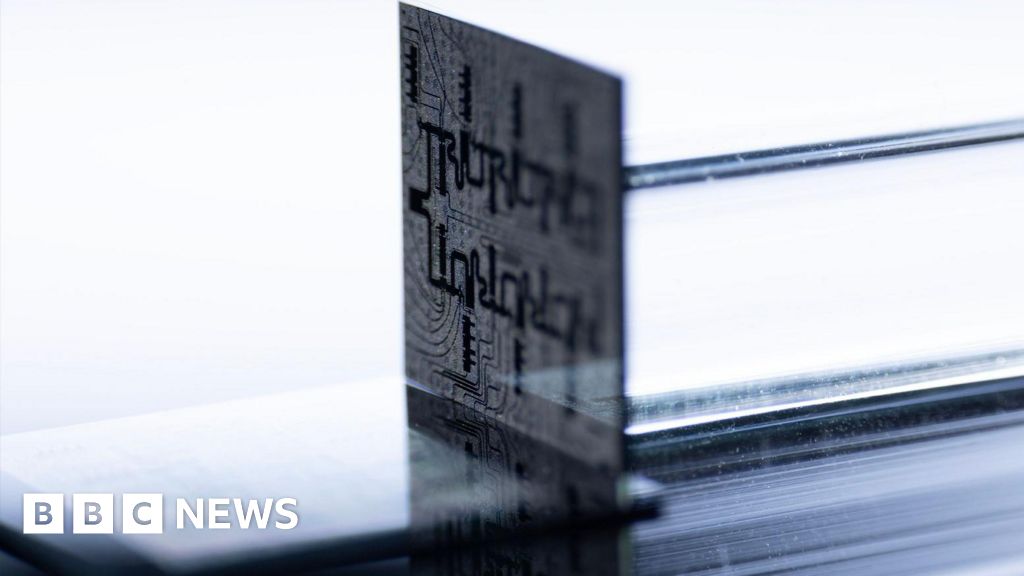User Case: Moving Windows 10 to A New Drive
“I recently bought a laptop with a genuine Windows 10 already installed. But unfortunately, it only has a SATA 1TB hard drive and it is quite slow at times. So now I want to switch to an SSD drive. But the problem is that my genuine windows… Will I be able to transfer the genuine Windows 10 from my old hard drive to the new SSD? Also, I wasn’t given any Windows installation disk when I bought my laptop… Please help me…”
Why Should I Migrate Windows 10 to A New Drive?
After prolonged use, you may find that your computer is running slower and slower. Or you may find that your disk has only a small amount of space left and is marked in red. The reasons for wanting to migrate a system may vary from user to user. Here I have listed two common reasons.
- Upgrade hard drive capacity. Migrating your hard drive to a new, larger capacity hard drive is a smart decision that will allow you to expand your computer’s storage space without losing any of your existing content.
- Replacing your HDD with an SSD will improve your computer’s performance. PC performance is critical for everyone. In contrast, SSDs are much faster and more efficient than HDDs.
Can Windows 10 License Keys Be Transferred to A New Hard Drive?
Before you migrate Windows 10 system to a new drive, your biggest concern may be whether the license key can be migrated or not. Let’s take a closer look at the information on these three types of license keys.
✨ Retail license: These are licenses that are purchased separately from the computer components. You can install the license on any compatible computer and also move the license when you upgrade or change the computer.
✨ OEM license: An original equipment manufacturer (OEM) license, which is issued with a hardware component, usually a pre-assembled desktop or laptop computer. You cannot move the license to another computer because it is associated with the hardware itself.
✨ Volume license: This type of license is aimed at large businesses, organizations and educational institutions. Businesses and corporations can only use volume licenses on the computers associated with the registered company or business. In addition, when the system changes ownership, it is not allowed to transfer the key with the device.
In short, not all Windows license keys can be migrated to other computers, but they can all be migrated to another hard drive on the same computer (as long as you don’t change the motherboard).
Migrate Windows 10 to New Hard Drive without Any Boot Issues
Most Windows users find migrating their operating system to another drive a complex operation. Migrating Windows 10 to new drive, either HDD or SSD, with the help of a free cloning software is fast and straightforward for all Windows users (Windows 11/10/8/7).
Before you start using this powerful disk cloning software to migrate your system, check out what remarkable features it has!
- It supports you to clone different types and brands (Kingston, Inland, Western Digital, etc.) of hard drives. You can use it to clone Windows hard drive to SSDs, HDDs, NVMe SSDs, M.2 SSDs.
- It offers you different ways of cloning, including Disk Clone, Partition Clone and System Clone (system cloning is available in higher versions). Disk Clone helps you to migrate Windows 10 and all the data on its disks to a new drive.
- It allows you to clone hard drives of different sizes. It provides you with Intelligent Clone and Sector-by-sector Clone. The former allows you to clone a larger hard drive to a smaller one. The latter allows you to make a 1:1 copy of the drive.
After learning the basic information about this software, you can refer to the following illustrated steps to migrate Windows 10 to new hard drive.
#1. Steps to Migrate Windows 10 and Data to A New Hard Drive
- Install and start AOMEI Backupper Standard. Click Clone, and select Disk Clone.
- Select the hard disk with Windows 10 as the source disk, and then click Next.

- Then select the new drive as the destination path.

- You can then preview the information about this operation. If your new disk is an SSD, it is recommended that you check the SSD Alignment option, which can help you improve the read and write speed of the SSD. After confirming the operation information is correct, click Start Clone.

Tips: You can use the feature Edit Partitions to resize the partition of the destination hard drive to fix the issue that when you clone to a larger hard drive, the cloned one shows the wrong size.

#2. Safe Boot from Cloned New Hard Drive
To boot from the cloned new hard drive, you need to install the cloned hard drive on your computer. Then restart your computer and press F2/F8/F11 or Del to enter BIOS. switch to Boot tab to change the boot order and boot from the cloned hard drive.

Final Words
When you want to migrate Windows 10 to new drive, you can use the best drive cloning software provided in this article. AOMEI Backupper can help you migrate your system and data easily, you only need a few clicks. You won’t encounter any boot problems or data loss after cloning. What are you still hesitating for? Just download it and try it out!





















Discussion about this post